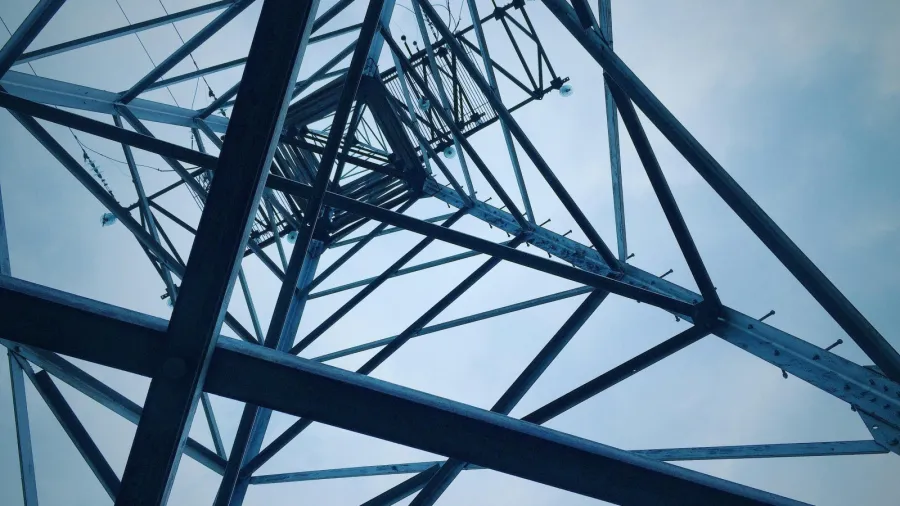
Nearly $10t annual investment needed to achieve net-zero
More should be directed towards low-emissions assets.
McKinsey estimates that around $9.2t per year is needed to fund technologies that will fuel the net-zero transition over the next three decades.
This projected amount will be an increase from the $5.7t currently allocated.
McKinsey also said allocation should be adjusted from “about 75% spent today on high-emissions assets and 25% on low-emissions assets, to the exact opposite on average going forward.”
Low-emissions assets include solar and wind farms, whilst high-emissions assets are coal and oil facilities, amongst others.
“We face the challenge of trying to make a transition in time. And while we can’t change time, there are other variables we can check, like scale, cost, and speed,” said Senior Partner Mark Patel, coleader of the McKinsey’s Platform for Climate Technology.
He said a dozen technologies could deliver 90%% of the carbon abatement needed to meet the world’s 2050 decarbonisation goals.



















 Advertise
Advertise






